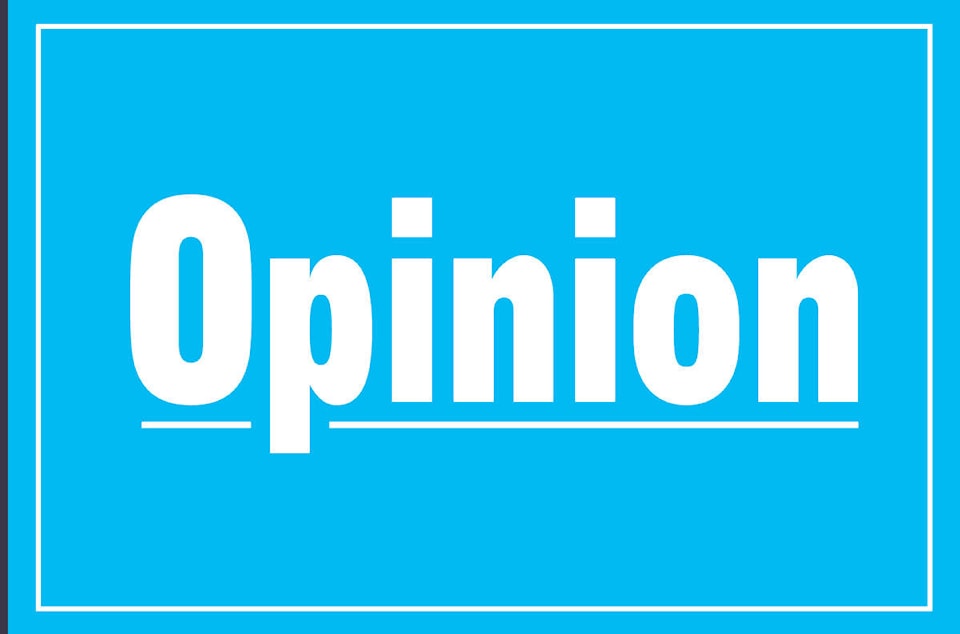Justin Trudeau has shaved off his beard and trimmed his hair. Pre-writ electioneering (at taxpayers’ expense) is occurring across the country. Funding announcements were made from Digby to Trois-Rivieres, and Waterloo to Calgary to Burnaby.
At the time of writing this column, the Liberals are ahead 9-12 points in the national polls and a new Inuk Governor General – Mary Simon – has been selected. An election thus seems imminent. But is this not risky and premature?
Business leaders are opposed inasmuch as the Liberal government lacks a concrete plan to reopen the US-Canada border and stimulate the economy. As Perrin Beatty of the Canadian Chamber of Commerce stated, “When we get into an election, governments tend to shut down. They don’t want to make decisions that are profound.”
In addition, there are major risks that there will be sudden local flare-ups of the COVID-19 pandemic. Nova Scotia and Manitoba are recovering from unexpected surges. Kashechewan First Nation vaccinated most adults, but due to overcrowded housing and a lack of isolation centres, recently had an outbreak of 300 cases – over half in children, who could not receive vaccine.
Yukon is the best example. On June 1, it had no active cases and a sick leave plan that paid $378 daily up to 10 days. In Whitehorse, 72 per cent had received the second doses of COVID-19 vaccine. Yet only 10 days later, an outbreak occurred among those unvaccinated. By July 6, there were 360 new cases – the highest per capita case rate in Canada.
This demonstrates clearly that we can never fully let down our guard.
Due to the Peltzman Effect, vaccines heralded as a panacea to the pandemic weaken adherence to other safety measures such as social distancing and wearing masks – even for the unvaccinated. This is substantiated by the record number of Americans travelling by car and air over the July 4 weekend.
In Canada, Justin Trudeau prides himself on the fact that about 42 per cent of population has received both doses.
Doubling every two weeks, the delta variant now accounts for half of cases in the US and over 80 per cent in Ontario; it is six times as contagious as the original strain of the virus.
In most of Canada, the COVID-19 pandemic does seem to be on the wane. Alberta is now holding the Calgary Stampede. All of Quebec has gone to the green level. Ottawa has had no new cases for the first time in a year. Ontario has cancelled border controls with Quebec and Manitoba. Saskatchewan and British Columbia have dropped nearly all of their public restrictions.
Except in the territories, only 45 per cent of all eligible Canadians have been fully vaccinated. Nearly five million children under age 12 will not qualify for vaccines until fall. In the US, 99 per cent of deaths have been in the unvaccinated. Yet an Ipsos poll that found nearly 20 per cent of Canadians were hesitant or refused to get the vaccine.
If recurrent waves of this and any future pandemics are to be avoided, the premiers thus cannot rely entirely on vaccines; they must use all the potential tools in their toolboxes. This requires increased rapid testing and contact tracing, adequate paid sick benefits, increased numbers of isolation centres, and greatly enhanced temporary funding for these from Ottawa.
For months, premiers relied on the inadequate federal Canada Recovery Sickness Benefit. As I mentioned in previous articles, several provinces have initiated a variety of supplemental sick benefits programs. There is no seamless, easy way to obtain sick benefits without incurring an interruption or loss of income. I have hence called for, ten days of paid sick leave. Isolating workers would continue to be paid through their employer, who would be reimbursed by the province, which would be ultimately paid by Ottawa.
This summer, there have been 200 to 300 active fires every day in B.C. and nearly 500 deaths from hyperthermia. Federal assistance may be increasingly required. There will be thousands of displaced and homeless persons in B.C. and Alberta. Hardly the best time to hold an election.
During the election, the remaining ministers will have reduced power, the other MPs will have no legal status, yet major decisions may have to be made. There will be no way for Canadians to properly hold the Liberal politicians to account.
As Lorne Gunter argues (Ottawa Sun, July 11, 2021), Canadians do not like early elections, called just for political advantage, as evidenced by what happened to David Peterson in Ontario in 1990 and Jim Prentice in Alberta in 2015. Pro-Liberal Bob Hepburn, (Toronto Star, July 11, 2021) also states that if Trudeau waits until October, “he could miss his ideal window for winning re-election, especially if the economy turns down and COVID rears up again in the coming months, as some experts fear.”
Considering all these issues, unless one is a Liberal, now is definitely not the time for Justin Trudeau to call an election.
Ottawa physician Dr. Charles S. Shaver was born in Montreal. He is past-chair of the Section on General Internal Medicine of the Ontario Medical Association.
